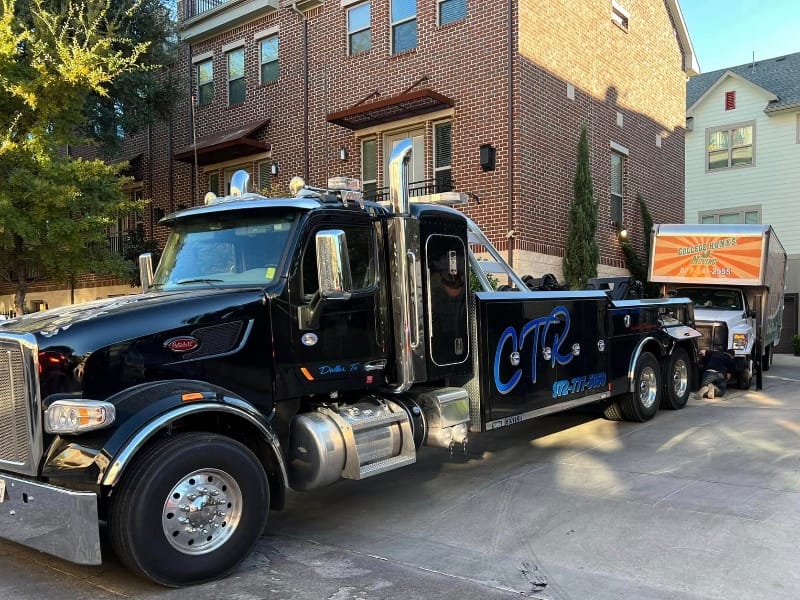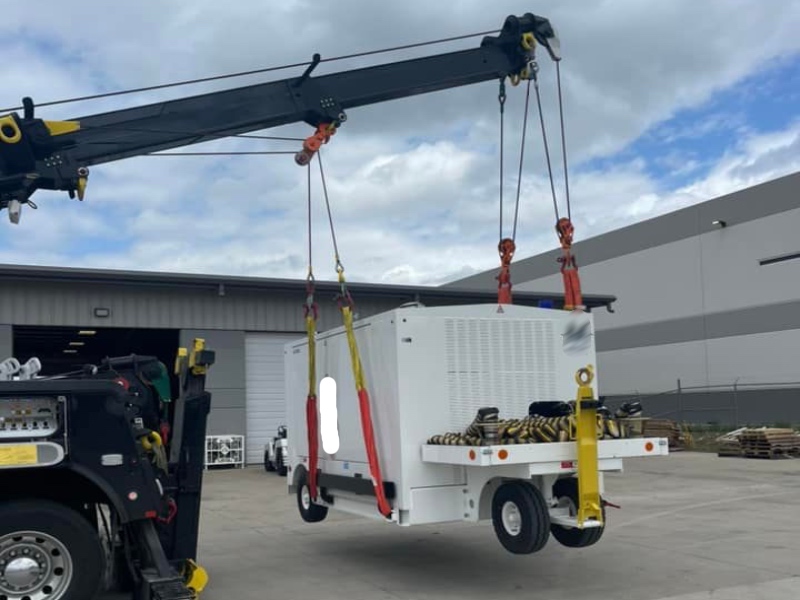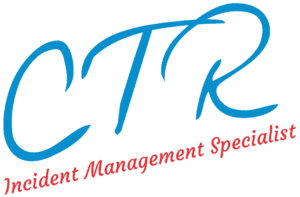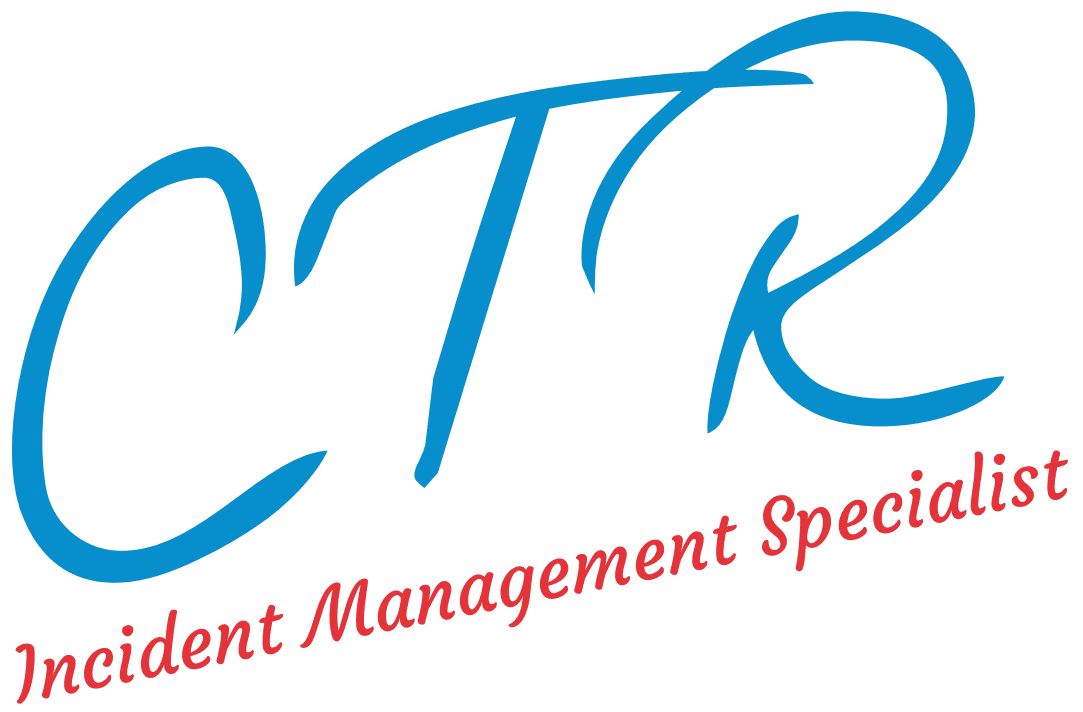We Do the Towing Math So You Don’t Have To
When we’re out on the road with a tow truck, there’s more than muscle behind every recovery job. Towing capacity—the number every truck driver should know—is what tells us how much weight our vehicle can handle safely. It’s not just a technical detail buried in a manual. It affects how we plan our routes, choose our trucks, and protect the vehicles we recover. In our line of work, eyeballing it isn’t an option. Whether we’re moving a compact car or a heavy-duty work truck, the numbers guide our decisions. Too much weight on the wrong rig can damage both the tow truck and the vehicle being towed. Even worse, it can put other drivers at risk. So let’s walk through how towing capacity is calculated, and why it matters for anyone relying on a Garland tow truck service like ours.

The Breakdown: What Goes Into Towing Capacity
Towing capacity is the maximum weight a vehicle can tow legally and safely. But where does that number come from? It’s a combination of several key factors, and every pound counts.
Key Numbers That Determine Towing Limits
- Gross Vehicle Weight Rating (GVWR): This is the max weight your tow truck can handle including passengers, fuel, gear, and the vehicle being towed.
- Gross Combined Weight Rating (GCWR): This includes your tow truck and whatever it’s pulling—combined.
- Curb Weight: What your truck weighs with a full tank but without cargo or passengers.
- Payload: The difference between GVWR and curb weight: this is how much weight you can add.
- Axle Ratios and Torque: These determine how much power gets to the wheels and how easily the truck can pull uphill or over rough terrain.
Add it all together and you’ve got your towing capacity. If we exceed it, we’re pushing limits, risking mechanical failure, overworked brakes, or losing control completely.
Why We Do the Match
When someone calls CTR Towing Service for help, they’re not thinking about torque curves or GCWR ratings. They just want to know their car is in good hands. Here’s how towing capacity plays into our daily decisions as a Garland tow truck service:
- We send the right truck: A sedan on the highway doesn’t need the same tow rig as a diesel dually stuck in a ditch.
- We protect your vehicle: Overloading a tow truck can twist frames, snap straps, or drag bumpers.
- We follow legal requirements: State laws regulate how much weight we can pull based on configuration and axle count.
- We keep the roads safe: Going beyond towing limits makes braking slower and steering less responsive.
- We prevent wear and tear: A truck used beyond its capacity breaks down faster, and that costs everyone time and money.
And for those curious about how our Garland tow truck service crew calculates this in real-time? Well, it’s a mix of experience, training, and knowing our fleet inside and out.
Signs a Tow Truck Might Be Overloaded
We don’t let it happen, but here are a few red flags that can tell you a tow truck is carrying too much:
- Tires look overinflated or bulging at the bottom
- The truck is sitting too low in the rear
- Brakes feel sluggish or unresponsive
- Steering feels loose or wobbly
- Engine runs hot or struggles on inclines
If you ever notice this while watching a recovery, chances are someone didn’t do the math.

CTR: How Our Garland Tow Truck Service Stays Ahead
At CTR Towing Service, we take towing capacity seriously. Our Garland tow truck service matches every job with the right equipment, calculate load limits on the spot, and train every driver on safe towing practices.
Because when it comes to Garland tow truck service, safety isn’t optional—it’s part of the job. And knowing how much weight we can handle means we’re not taking chances with your vehicle, your time, or our roads.
With CTR Towing Service, you’re getting a Garland tow truck service crew that knows their limits, respects the numbers, and gets it right the first time. So the next time you see one of our trucks on the road, you can be sure we’ve done the math.
FAQ: Towing Capacity and Safety
What is towing capacity and why does it matter?
Towing capacity is the maximum weight a vehicle can pull without damage or safety risk. It matters because exceeding it can cause mechanical failures, unsafe handling, and legal violations.
How do I find my vehicle’s towing capacity?
You can find towing capacity in your owner’s manual or on the manufacturer’s website. It’s usually listed along with the gross vehicle weight rating (GVWR) and payload specs.
What happens if a tow truck pulls more than it should?
Overloading a tow truck can cause brake failure, engine strain, tire blowouts, and loss of control. It also increases the risk of accidents on the road.
Can towing too much weight damage the towed vehicle?
Yes, improper towing can bend frames, stress suspension systems, and cause attachment points to fail. It’s important that the towing setup matches the weight and type of vehicle.
Is towing capacity affected by the type of terrain?
Yes. Steep hills, soft ground, and uneven terrain can reduce how much a vehicle can safely tow, even if the load is under the limit on flat roads.
Do different tow trucks have different capacities?
Absolutely. Flatbeds, wheel-lifts, and heavy-duty wreckers all have different weight limits. Choosing the right one is critical for a safe recovery.
How do professionals calculate safe towing loads?
They combine vehicle specifications like GVWR and GCWR with real-time load weight, terrain, and road conditions. Tools and experience help ensure accuracy.
Is towing capacity the same as payload?
No. Payload refers to what a vehicle can carry inside or on it, while towing capacity is about how much it can pull behind.

